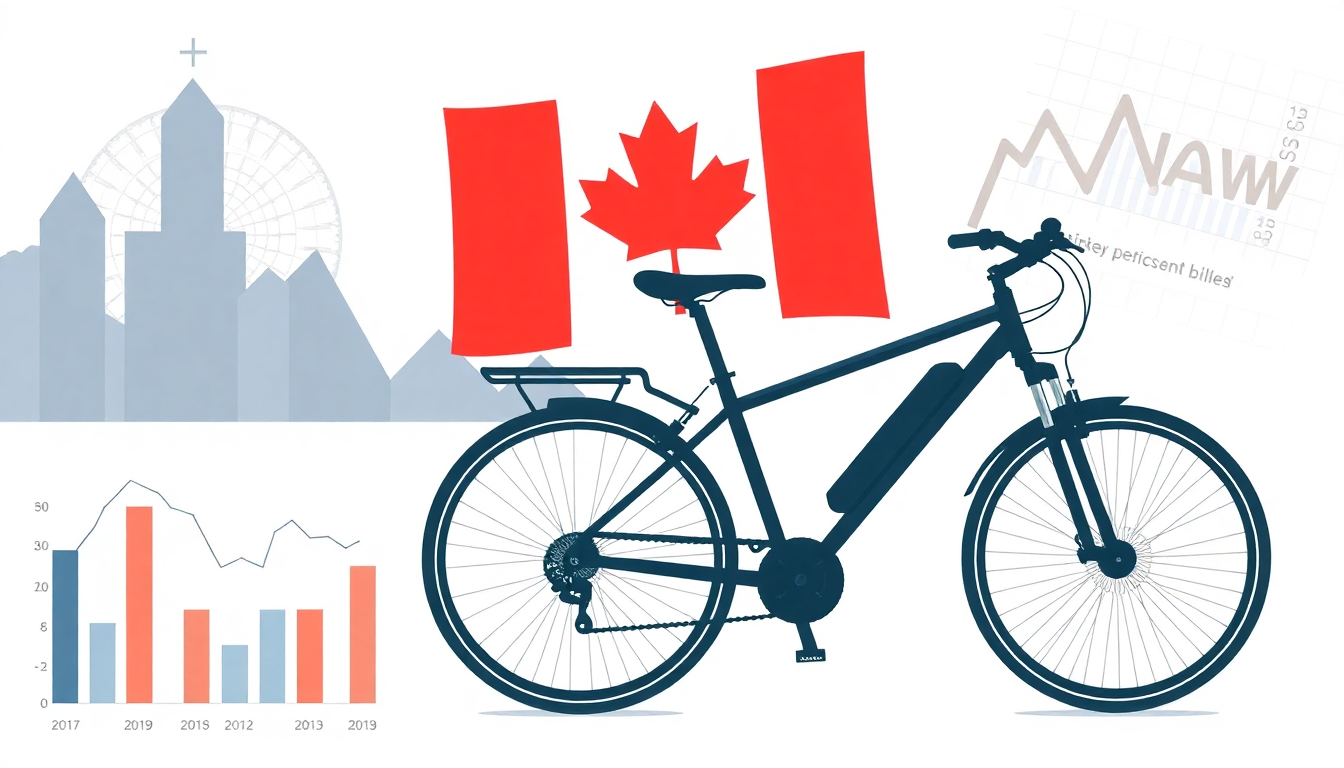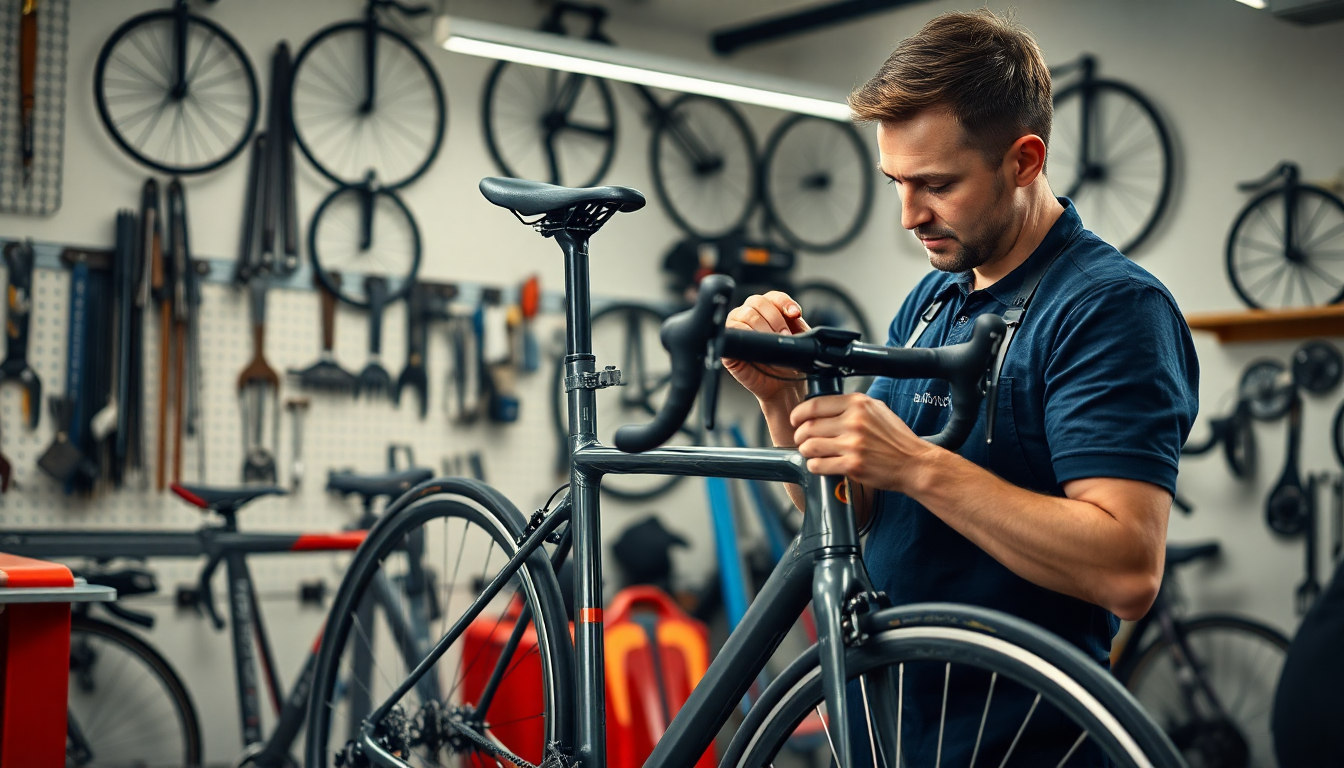
Mastering Bicycle Maintenance: Tips and Tricks for a Smooth Ride
As the sun rises on a crisp autumn morning, the streets come alive with the sound of bicycle wheels gliding across the pavement. Whether you're an avid cyclist or a casual commuter, maintaining your bike is essential for a safe and enjoyable ride. At Alter Ego Bikes, we're passionate about helping our customers keep their bicycles in top-notch condition, so they can focus on the joy of the ride.
In this comprehensive guide, we'll dive into the world of bicycle maintenance, covering everything from basic tune-ups to more advanced repairs. With our expert insights and practical advice, you'll be equipped to keep your bike running smoothly, no matter the terrain or weather conditions.
Understanding Your Bicycle
Before we delve into the specifics of maintenance, it's important to have a solid understanding of your bicycle's components and how they work together. From the frame and wheels to the drivetrain and brakes, each part plays a crucial role in the overall performance and safety of your bike.
By familiarizing yourself with the different systems, you'll be better equipped to identify potential issues and take the necessary steps to address them. Whether you're a seasoned cyclist or a newcomer to the world of biking, this knowledge will empower you to become a more informed and confident rider.
Frame and Suspension
The frame of your bicycle is the foundation upon which all other components are built. It's essential to regularly inspect the frame for any signs of wear, damage, or structural integrity issues. Look for cracks, dents, or other visible signs of stress, and address any concerns promptly to ensure your safety.
If your bike is equipped with a suspension system, whether it's a front fork or a full-suspension design, it's crucial to maintain it properly. This includes regularly cleaning and lubricating the moving parts, as well as checking for any signs of wear or damage. Proper suspension maintenance will not only improve your comfort but also enhance your bike's handling and stability.
Wheels and Tires
The wheels and tires of your bicycle are the primary points of contact with the ground, so they play a vital role in your ride quality and safety. Regularly check the tire pressure, ensuring it's within the recommended range for your specific tires. Underinflated tires can lead to increased rolling resistance, decreased efficiency, and a higher risk of punctures.
Inspect the tires for any signs of wear, such as cracks, cuts, or uneven tread patterns. If the tires are showing significant wear, it's time to replace them to maintain optimal grip and control. Additionally, check the wheel rims and spokes for any damage or looseness, and address any issues promptly.
Drivetrain and Brakes
The drivetrain, which includes the chainring, chain, cassette, and derailleurs, is responsible for transferring the power from your pedaling to the rear wheel. Keeping this system well-maintained is crucial for efficient and smooth shifting. Regularly clean and lubricate the chain, and check for any worn or damaged components that may need replacement.
The braking system is another critical component that requires attention. Inspect the brake pads for wear and ensure they're making proper contact with the rims or disc rotors. Adjust the brakes as needed to maintain consistent and reliable stopping power.
Routine Maintenance
Maintaining your bicycle doesn't have to be a daunting task. By following a regular maintenance schedule, you can keep your bike in top shape and extend its lifespan. Here are some essential tasks to incorporate into your routine:
Cleaning and Lubrication
Regularly cleaning your bike is the foundation of good maintenance. Use a gentle bike-specific cleaner and a soft-bristled brush to remove dirt, grime, and debris from the frame, wheels, and drivetrain. Pay special attention to the chain, ensuring it's free of any built-up gunk or residue.
After cleaning, apply a high-quality bike lubricant to the chain, derailleur pivots, and any other moving parts. This will help reduce wear and tear, improve shifting performance, and prevent rust and corrosion.
Tire Inspection and Inflation
As mentioned earlier, maintaining proper tire pressure is crucial for a smooth and efficient ride. Use a reliable tire gauge to check the pressure and inflate the tires to the recommended PSI range, which can typically be found on the sidewall of the tire or in your bike's owner's manual.
While you're at it, inspect the tires for any signs of wear or damage. Look for cracks, cuts, or uneven tread patterns, and replace the tires if necessary.
Brake Adjustment
Ensuring your brakes are properly adjusted is a safety-critical task. Check the brake pads for wear and make sure they're making full contact with the rims or disc rotors. Adjust the brake calipers or levers as needed to achieve a consistent and responsive braking feel.
If you're unsure about the proper brake adjustment, consult your bike's owner's manual or seek the assistance of a professional mechanic.
Drivetrain Maintenance
The drivetrain is the heart of your bicycle, and it requires regular attention to keep it running smoothly. Regularly clean the chain, cassette, and chainring using a bike-specific degreaser and a soft-bristled brush. Once clean, apply a high-quality chain lubricant to ensure smooth and efficient power transfer.
Additionally, check the derailleur adjustments and the condition of the cables and housing. Make any necessary adjustments to ensure precise and reliable shifting.
Wheel Truing and Spoke Tension
Over time, the wheels on your bicycle can become out of true, meaning the rim is no longer perfectly centered or aligned. This can lead to rubbing against the brake pads or a wobbly ride. Regularly check the wheel alignment and use a truing stand or a spoke wrench to make any necessary adjustments.
While you're at it, inspect the spoke tension and tighten any loose spokes to maintain the structural integrity of your wheels.
Advanced Maintenance and Repairs
While routine maintenance is essential, there may come a time when your bicycle requires more advanced attention. Whether it's a worn-out component or a more complex issue, it's important to have the knowledge and tools to tackle these challenges.
Component Replacement
As your bike accumulates miles, certain components will inevitably wear out and need replacement. This includes items like tires, brake pads, chains, cassettes, and even the entire drivetrain. Familiarize yourself with the recommended replacement intervals for these parts and be proactive in swapping them out before they cause any issues.
When it comes to component replacement, it's crucial to use high-quality, compatible parts that are specifically designed for your bike model. Consulting with a professional mechanic or referring to your bike's owner's manual can help ensure you make the right choices.
Suspension Overhaul
If your bike is equipped with a suspension system, it may require a more thorough overhaul at regular intervals. This involves disassembling the suspension components, cleaning and inspecting them, and replacing any worn or damaged parts. It's important to follow the manufacturer's recommended service schedule and use the appropriate tools and lubricants to ensure the suspension is functioning at its best.
Frame Repair and Refinishing
In the unfortunate event of a frame-related issue, such as a crack or dent, it's essential to address it promptly. Depending on the severity of the damage, you may need to seek the assistance of a professional frame repair specialist. They can assess the extent of the problem and determine the best course of action, whether it's a welding repair or a complete frame replacement.
If your bike's frame is in good condition but the paint is looking a bit worn or faded, you may consider a refinishing project. This can involve stripping the existing paint and applying a fresh, custom color scheme to give your bike a brand-new look.
Conclusion
Maintaining your bicycle is a rewarding and essential task that can extend the life of your bike and ensure a safe and enjoyable riding experience. By following the tips and techniques outlined in this guide, you'll be well on your way to mastering the art of bicycle maintenance.
Remember, regular tune-ups, cleaning, and component replacements are the keys to keeping your bike in top shape. Don't hesitate to seek the assistance of a professional mechanic if you encounter any issues or feel unsure about a particular repair or maintenance task.
At Alter Ego Bikes, we're dedicated to helping our customers maintain their bicycles and get the most out of their rides. Whether you're a seasoned cyclist or just starting your biking journey, we're here to provide the knowledge, tools, and support you need to keep your bike running smoothly.
So, grab your tools, get your hands a little dirty, and embark on the rewarding journey of bicycle maintenance. Your bike will thank you, and you'll be rewarded with a smooth, reliable, and enjoyable ride for years to come.




